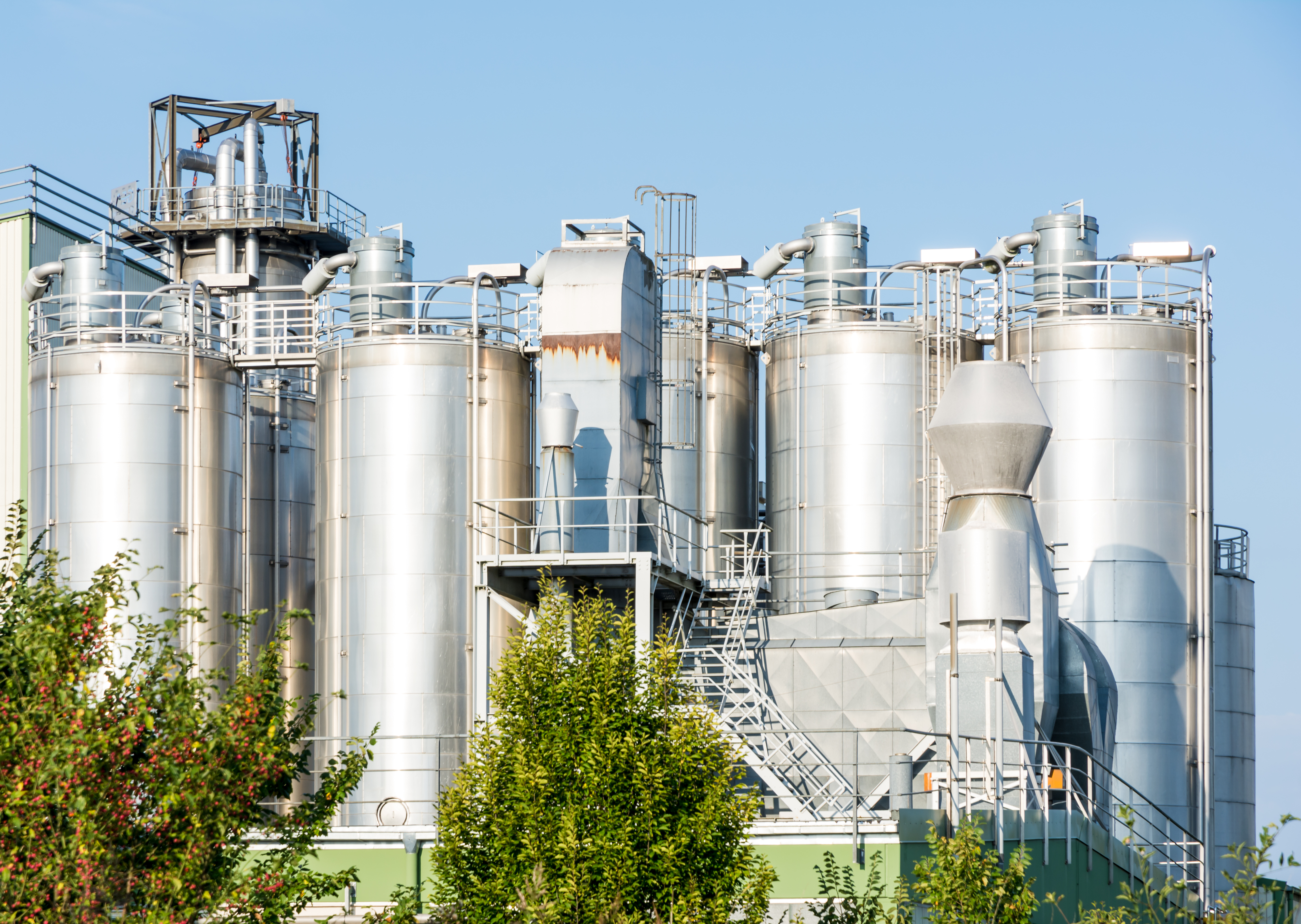
- admin
- June 24, 2019
Chemical Storage Tanks with Secondary Containment
If you are looking for a reliable device to keep oils, chemicals and acids, then chemical industrial storage tanks are the best.
Available in different models and designs they are created perfectly to meet up different environmental requirements and regulations.
With innovative features being integrated into the tanks constantly due to the advent of technologies, the units with secondary containment are becoming very much in demand.
Containment units are equipped with racks and shelves to ensure additional safety and protection for the primary vessel used in plating, mining, and hi-tech industries.
They act as the perfect backup when the primary vessel fails to live up to the expectations.
What is Secondary Containment?
Secondary containment is described as an area that captures the entire contents of the largest tank in the containment area when there is an abrupt leak or spill of the chemicals and acids.
Storage Tanks with Secondary Containment for Ensuring More Safety
A secondary containment system in a storage area of a tank is a boon for the plant operators in the industrial sector.
It is because it helps in preventing spilling and leakage of the combustible and inflammable industrial liquids, toxic chemicals, lubricant products, and acids when the primary vessel fails.
The containment for fiberglass tanks storage is constructed from resin and are one of the most popular ones while steel units are robust with a built to last proposition.
What to Look for in Chemical Storage Tanks with Secondary Containment System?
• While investing in a storage tank built with a secondary storage area, you need to keep in mind the following things.
• A base that is free of cracks or gaps should lie beneath the containers. It should be resistant to leaks and spills.
• The containment system should bear a 10% volume of the containers or the volume of the largest container or whichever is greater.
• Considering the permeability factor and liner material are also important.
• Cost is another factor for any buyer to keep in mind. Primary tanks equipped with concrete containment system costs much lesser than the high-density stainless steel tanks.
Concrete and Polyethylene Containment Solutions are Smarter Choices
The concrete above ground storage tanks and their containment units are traditional and ideal for plant operators dealing with hazardous chemicals.
The walls of the units are reinforced with rebar that makes them stronger. The inner wall is layered with a material that prevents the spilling of liquids and chemicals and thus shielding the structure of the containment.
Polyethylene units are also great for plant operators in industries. They are cost-friendly and do not need much maintenance for operating. But in such cases, it should be placed suitably.
The appropriate position would be at the open- top of the tank. You can also store polyethylene units at the indoors to prevent it from getting contaminated by the rainwater and dirt.
Another material option for containment is safe tanks that can deal with dangerous exothermic reactions to water.
The safe tank containment system features a protected area that separates reactive chemicals and also prevents the occurrence of accidents among the plant operators.
It’s important to be cautious in advance and opt for storage tanks with secondary containers. It will give you complete peace of mind and help you stay hassle-free.
- Chemical Storage Tanks
- Chemical Storage Tanks with Secondary Containment
Category
- Above Ground Fuel Tanks
- Above Ground Gas Storage Tank
- Above Ground Storage Tanks
- Above Ground Water Storage Tanks
- Agricultural Tanks
- Chemical storage Tanks
- Diesel Fuel Storage Tanks
- Diesel Storage Tanks
- Exernal FloatingRoof Tanks
- Farm Water Tank
- Fiberglass Oil Tanks
- Fiberglass Septic Tanks
- Fiberglass Tanks
- Fiberglass Underground Fuel Storage Tanks
- Field Erected Tanks
- Floating Roof Tank
- Food and Beverage Tanks
- Fuel tank
- Industrial Chemical Storage Tanks
- Industrial Gas Tanks
- Industrial Hot Water Storage Tanks
- industrial hot water tank
- Industrial Plastic Tanks
- Industrial Storage Tanks
- Industrial Tank heating pads
- industrial tanks
- Natural gas
- Natural gas vs Propane
- oil storage tank
- Oil Storage Tanks
- Peracitic Acid
- Petroleum Tanks
- Residential gasoline storage tanks
- Residential Water Storage Tanks
- Sodium Hydroxide Storage Requirements
- Sodium Hypochlorite Storage Tanks
- Steel Storage Tanks
- storage tank failure prevention
- Storage Tanks
- Sulfuric Acid Tanks
- Uncategorized
- UnderGround Storage Tanks
- Waste water tank
- Water Storage Tanks

 Tank Size Calculator
Tank Size Calculator





